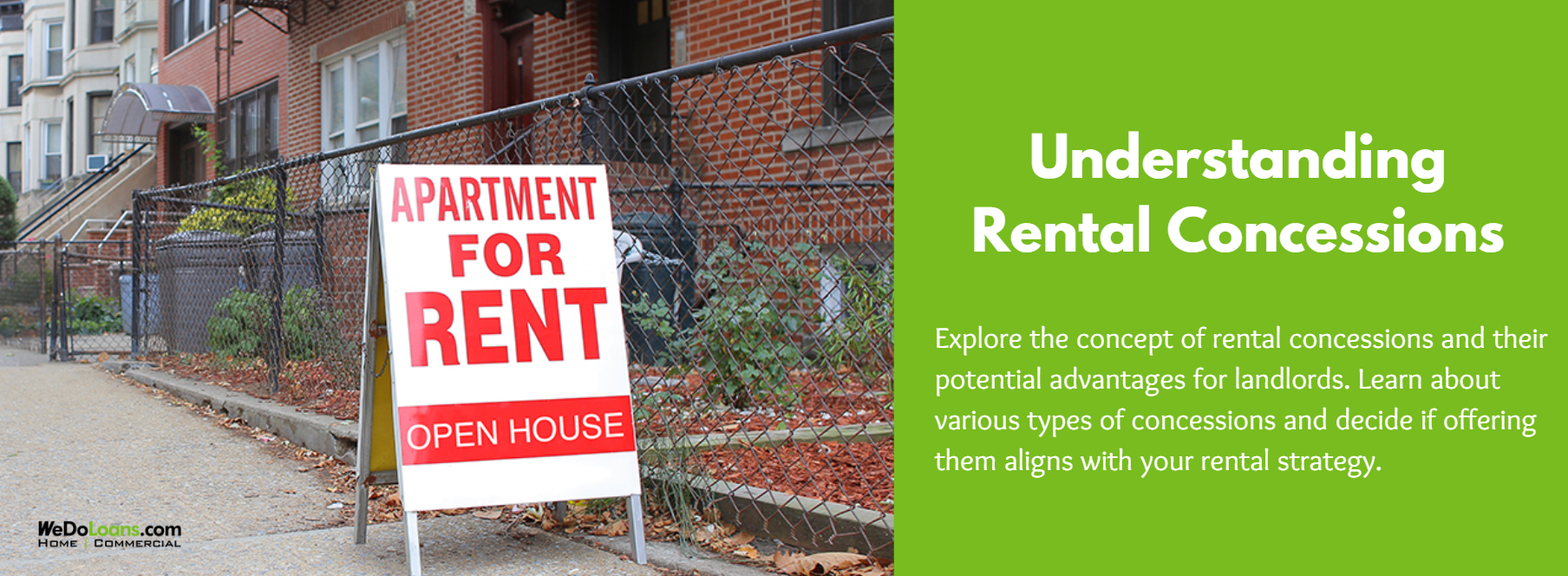
As a commercial property investor, attracting and retaining high-quality tenants is key to maximizing your property’s success. Offering rental concessions is a strategy that can make your property more appealing, especially in competitive markets. Below is an overview of what rental concessions entail, their benefits and drawbacks, and the situations where they might be most effective.
What Are Rental Concessions?
Rental concessions are temporary or permanent adjustments to lease terms designed to make a property more attractive to potential tenants. These adjustments can include reduced rent, waived fees, or even free utilities. Both residential and commercial landlords can use rental concessions to entice tenants by offering more favorable terms and reducing initial costs.
Common Types of Commercial Rental Concessions
Landlords have flexibility in how they structure rental concessions. Popular options include:
- Rent Abatement: A temporary suspension or reduction of rent payments, often during the initial months of the lease.
- Discounted Rent: Offering a reduced rental rate for the entire lease term.
- Free Rent: Providing a specific number of rent-free months as an incentive for signing the lease.
- Waived Fees: Eliminating costs like application fees, security deposits, or credit check charges.
- Build-Out Assistance: Covering the cost of preparing or customizing a commercial space to meet the tenant’s needs.
- Utility Incentives: Covering some or all utility costs for the tenant.
Advantages and Disadvantages of Rental Concessions
Advantages:
- Attract Tenants: Helps make properties more appealing in competitive markets.
- Fill Vacancies Faster: Reduces downtime between tenants.
- Retain Existing Tenants: Incentives can encourage tenants to renew leases.
- Negotiate Favorable Terms: Landlords may secure better lease conditions in return for offering concessions.
Disadvantages:
- Reduced Income: Temporary concessions can impact cash flow and overall income.
- Future Expectations: Tenants may expect concessions during future lease negotiations.
- Re-Negotiation Risks: Tenants may seek to renegotiate terms when concessions expire.
When to Offer Rental Concessions
Rental concessions should be carefully considered based on:
- Market Demand: Properties in prime locations may not require concessions, whereas less-desirable locations might.
- Tenant Qualifications: Strong, financially stable tenants may justify offering concessions, while riskier tenants may not.
- Cost-Benefit Analysis: Ensure the benefits of concessions outweigh their financial impact over the long term.
Examples of When Rental Concessions Work
- Attracting Anchor Tenants: Offering reduced rent to a major tenant can boost traffic to a retail property.
- Filling Vacancies During Seasonal Lulls: Two months of free rent might encourage tenants to move in during slower periods.
- Securing Long-Term Tenants: A small concession can help lock in a successful tenant with a multi-year lease.
Conclusion
Rental concessions are a strategic tool that can help landlords attract, retain, and build long-term relationships with tenants. However, it’s crucial to evaluate the needs of the property and tenants before offering concessions. A well-planned concession can lead to higher occupancy rates and stronger tenant satisfaction, ultimately benefiting the property owner’s bottom line.
